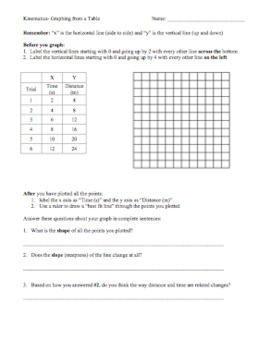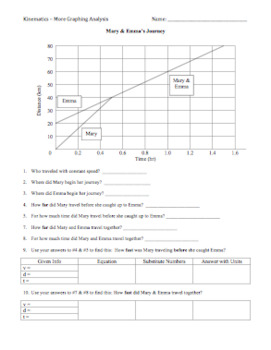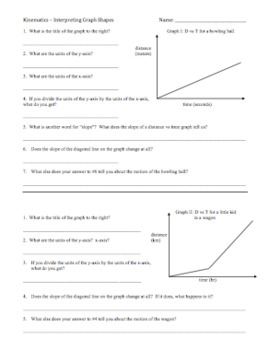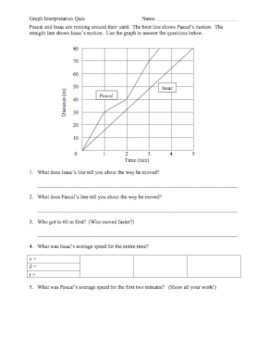Graphing Bundle
- Zip
- Easel Activity
Products in this Bundle (7)
showing 1-5 of 7 products
Also included in
- Whatever I have in my other bundles is in this one giant bundle. This way there are no overlaps ("graphing" can overlap with "lab", which can overlap with each of the physics sub-topics of "kinematics", "forces", "momentum and impulse", and "Work-Energy"). Most resources have keys attached.I am in tPrice $68.40Original Price $85.50Save $17.10
Description
This bundle includes all of my graphing activities and problem sets. The focus of each of these activities is two-fold:
1) Plotting points correctly
2) Understanding the meaning
Most of these activities are paper-and-pencil only. "Graphing Real World Data" starts with a hands-on class activity of timing a bowling ball's roll across the room to show students a concrete example of an object moving and then constructing a graph from the motion to teach the students that a line diagonally upward on the page is an object moving away from a chosen origin and NOT an object moving up a hill (many of my younger students have this misconception) So, for "Graphing Real World Data", you will need to obtain a hill, ball, meterstick, tape, and stop watches.
I use most of these with all of my general science and physics classes. However, "Interpreting velocity vs time graphs" is really only for my upper-level classes.






